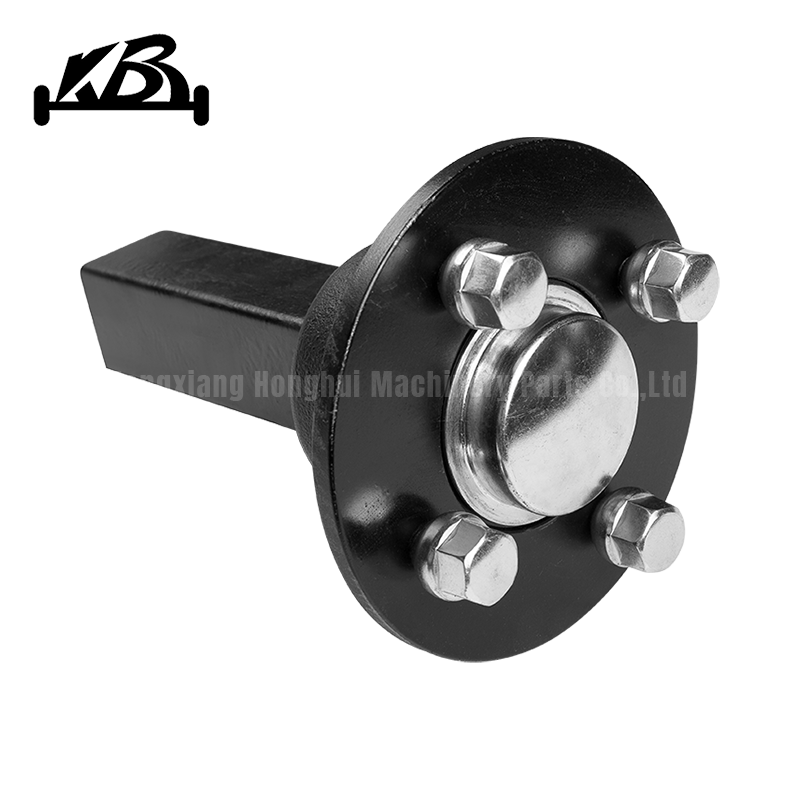Maintaining a straight axle with mechanical brakes is crucial for ensuring both optimal performance and longevity. A straight axle, commonly used in various vehicles and machinery, is praised for its durability and simplicity. Mechanical brakes, known for their straightforward design and reliability, complement this axle type by providing effective stopping power. However, to achieve these benefits and avoid performance issues, regular maintenance is essential.
One of the primary maintenance tasks is conducting regular inspections of both the axle and the brake components. This involves examining the axle for any signs of wear, such as cracks or deformation, and ensuring that the brake components—whether they are pads, drums, or discs—are in good condition. It's important to look out for rust, damage, or misalignment, as these issues can significantly affect the braking performance and safety of the system. Regular visual inspections, coupled with periodic professional assessments, can help catch potential problems early.
Brake adjustment is another critical maintenance procedure. Mechanical brakes require precise adjustment to function correctly. Ensuring that the brake pads or shoes are properly aligned and that the brake tension is correctly set is vital for smooth engagement and release. An improperly adjusted brake system can lead to reduced braking efficiency and uneven wear, potentially compromising safety and performance.
Lubrication plays a key role in maintaining the smooth operation of the brake system. Apply lubricant to the moving parts, such as the pivot points and adjustment mechanisms, to reduce friction and wear. However, it is important to avoid over-lubrication, as excess lubricant can attract dirt and debris, which may lead to more significant issues. Regularly cleaning the brake components and axle from dirt, debris, and brake dust also helps maintain performance. Use appropriate cleaning agents that do not damage the surfaces to ensure that the system remains in optimal condition.

Checking and replacing components as needed is essential for maintaining the system’s effectiveness. Regularly inspect critical parts like brake pads or shoes, brake drums or discs, and axle bearings. Worn or damaged components should be replaced promptly to prevent further damage and ensure that the braking system continues to function efficiently. Additionally, inspecting for any leaks in hydraulic components or seals (if applicable) is crucial, as leaks can lead to fluid loss and brake failure.
Axle alignment is another important consideration. Ensuring that the axle is properly aligned with the vehicle or machinery prevents uneven wear on the brakes and axle components. Misalignment can cause performance issues and reduce the overall lifespan of the system. Testing braking performance under various conditions also helps ensure that the brakes are responsive and effective. Pay attention to how the brakes perform and address any issues promptly.
Finally, consulting the manufacturer’s guidelines for specific maintenance procedures and intervals is essential. These guidelines provide detailed instructions tailored to the particular axle and brake system, helping you perform the correct maintenance tasks and follow the recommended schedules.
In summary, maintaining a straight axle with mechanical brakes involves a comprehensive approach that includes regular inspections, precise adjustments, lubrication, cleaning, component checks, and alignment. By adhering to these procedures, you ensure that the axle and braking system function optimally, providing reliable performance and extending their service life.



 中文简体
中文简体













